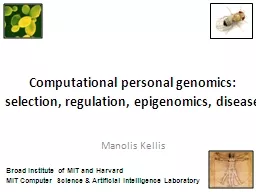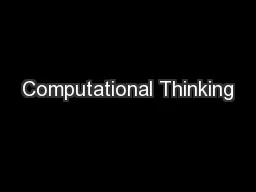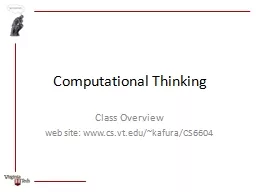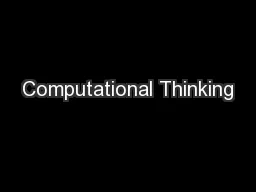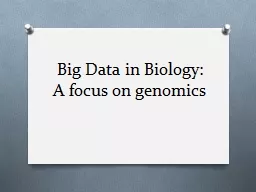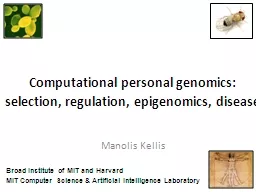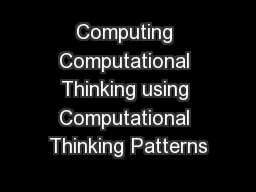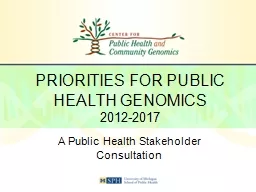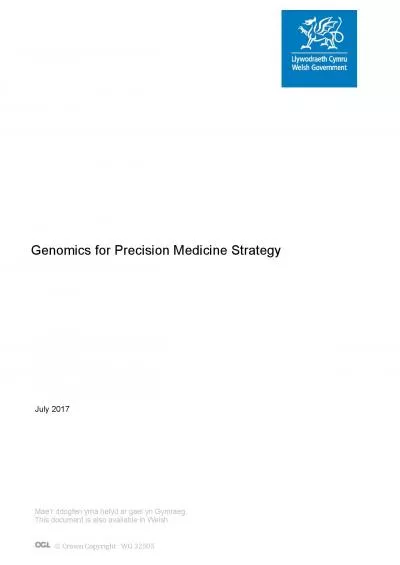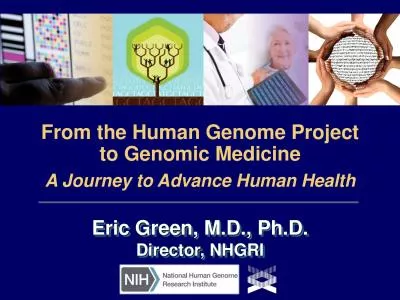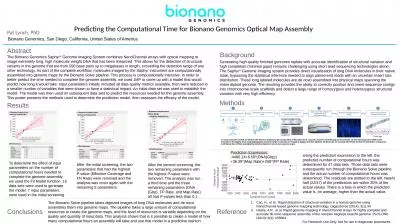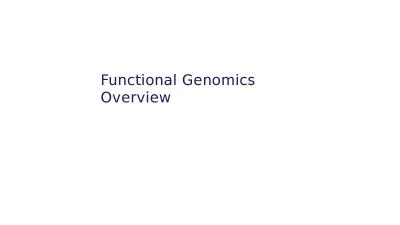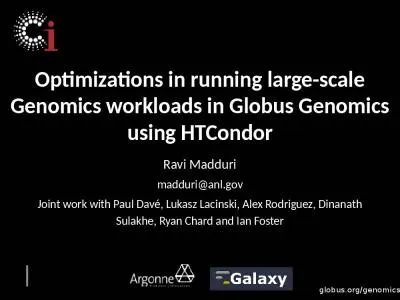PPT-Computational personal genomics:
Author : hysicser | Published Date : 2020-06-18
selection regulation epigenomics disease Manolis Kellis MIT Computer Science amp Artificial Intelligence Laboratory Broad Institute of MIT and Harvard Goal A systemslevel
Presentation Embed Code
Download Presentation
Download Presentation The PPT/PDF document "Computational personal genomics:" is the property of its rightful owner. Permission is granted to download and print the materials on this website for personal, non-commercial use only, and to display it on your personal computer provided you do not modify the materials and that you retain all copyright notices contained in the materials. By downloading content from our website, you accept the terms of this agreement.
Computational personal genomics:: Transcript
Download Rules Of Document
"Computational personal genomics:"The content belongs to its owner. You may download and print it for personal use, without modification, and keep all copyright notices. By downloading, you agree to these terms.
Related Documents

